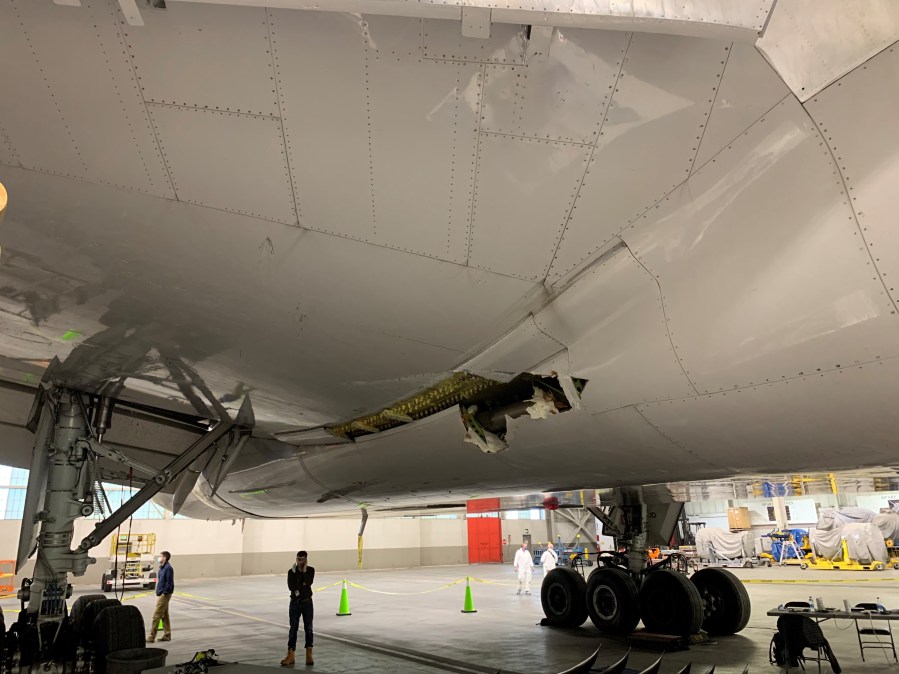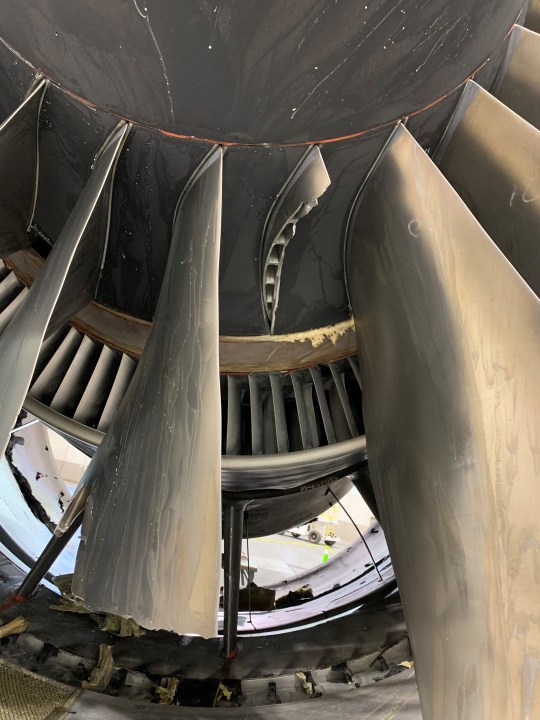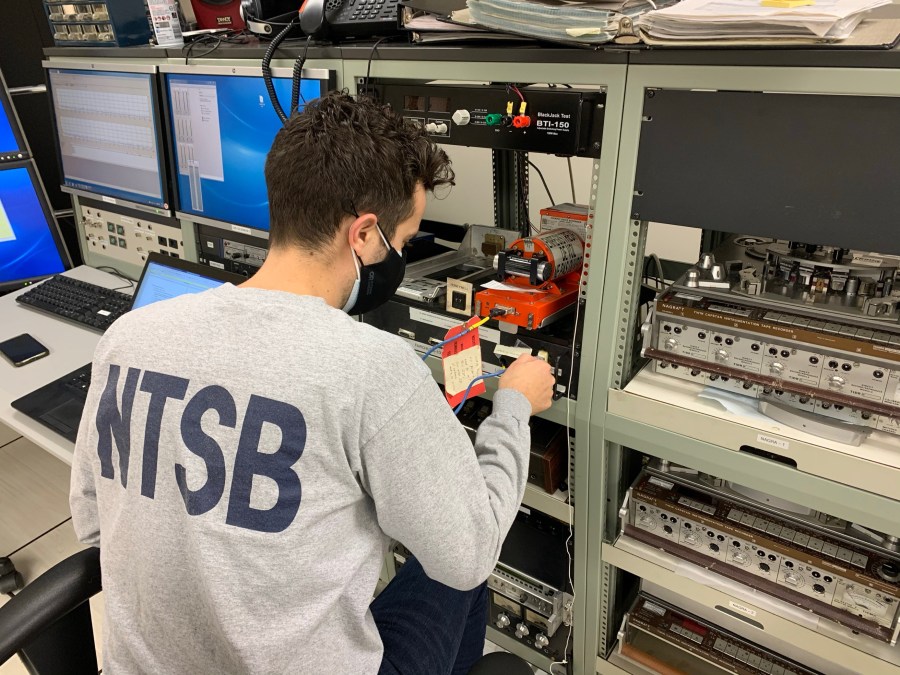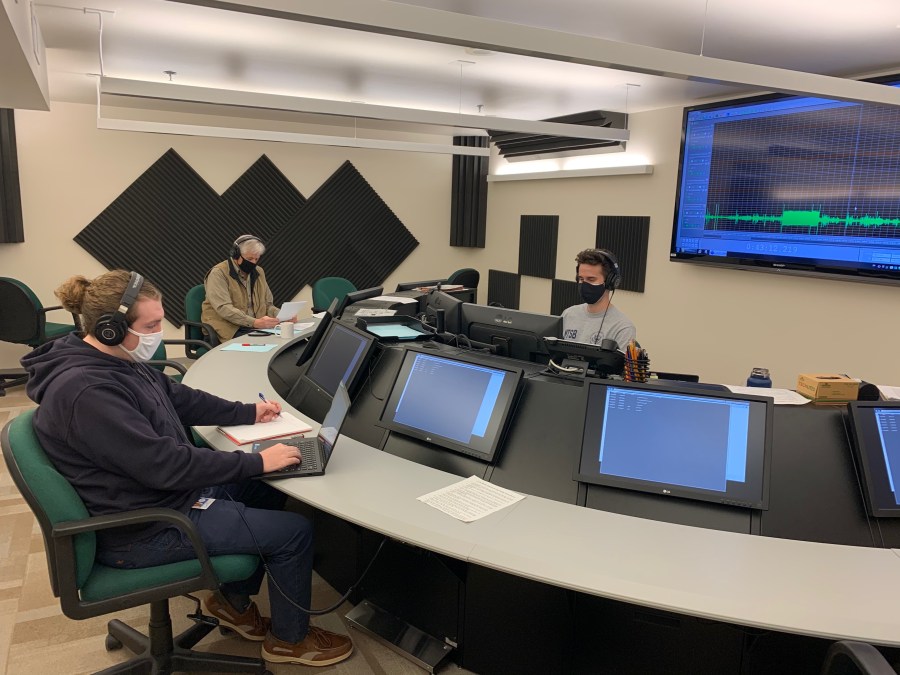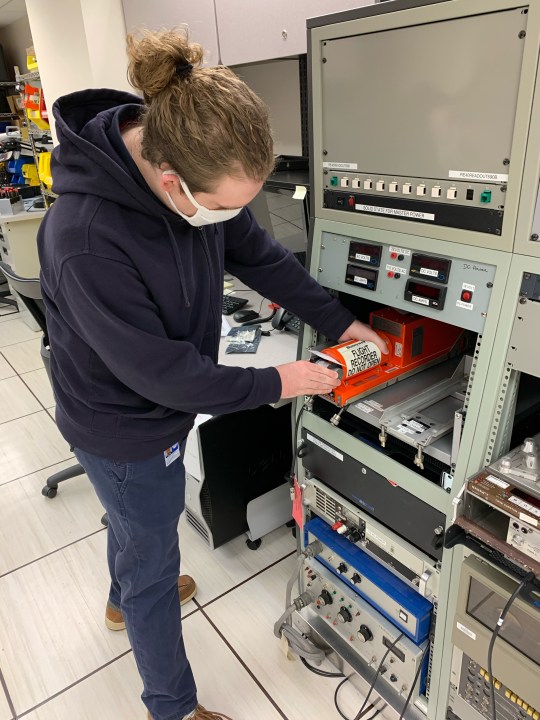‘Positive story’ to ‘worst case scenario,’ aerospace expert discusses ongoing Boeing 777 investigation
DENVER (NewsNation Now) — U.S. National Transportation Safety Board (NTSB) Chairman Robert Sumwalt said Monday that damage to a fan blade in a Pratt & Whitney engine that failed in a United Airlines Boeing 777-200 is consistent with metal fatigue, according to a preliminary assessment.
At a news briefing, Sumwalt said it was not clear whether Saturday’s failure of the PW4000 engine with a “loud bang” four minutes after takeoff is consistent with another engine failure on another Hawaii-bound United flight in February 2018 that was attributed to a fatigue fracture in a fan blade.
The engine that failed on the 26-year-old Boeing Co 777 and shed parts over a Denver suburb was a PW4000 used on less than 10% of the global fleet of 777 widebody jets.
The engine was made by Pratt & Whitney which is a subsidiary of Raytheon Technologies. Part of an earlier statement from the NTSB said that the inlet and cowling separated from the engine and that two fan blades were fractured.
Pratt & Whitney has dispatched a team to work with investigators and says it is “actively coordinating with operators and regulators to support the revised inspection interval of the Pratt & Whitney PW4000 engines that power Boeing 777 aircraft.”
Newly released images of the NTSB investigation into United airlines flight 328 engine failure
Teal Group Aerospace Analyst Richard Aboulafia says he thinks while the event was a “worst case scenario” it ended ultimately as a “positive story.”
“Well you could look at what could possibly go wrong with an aircraft and an uncontained turbine failure is really up there as one of the worst case scenarios. And you know the pictures and the aftermath on the ground certainly reflected that,” said Aboulafia.
“And at the end of the day there were no causalities and the plane returned to the airport. That’s to me more of a positive story,” he added.






